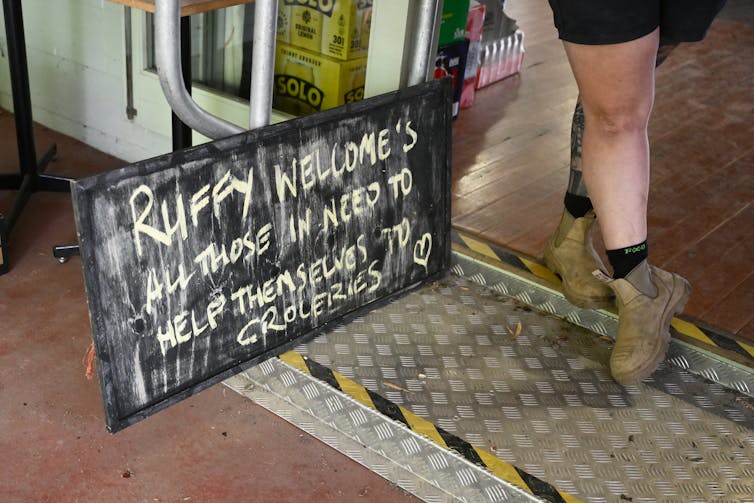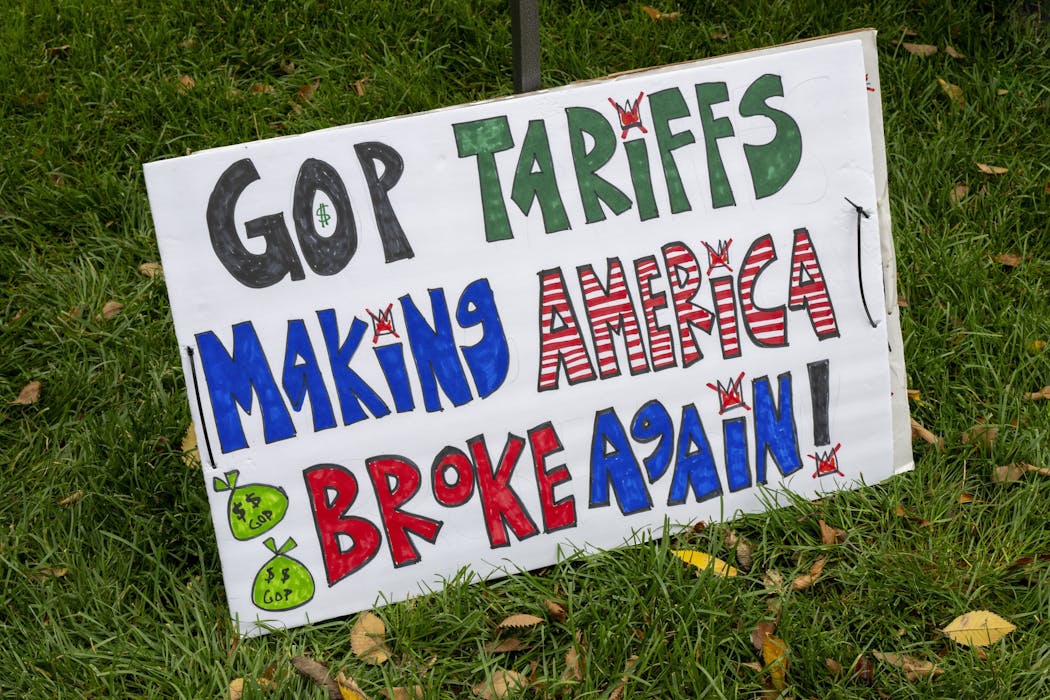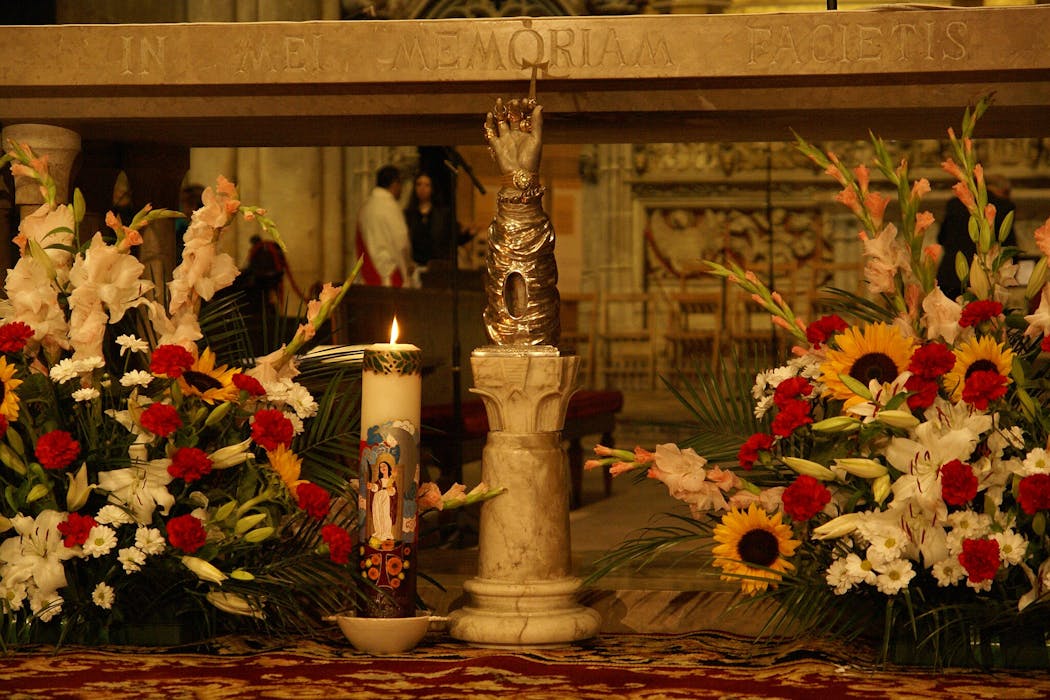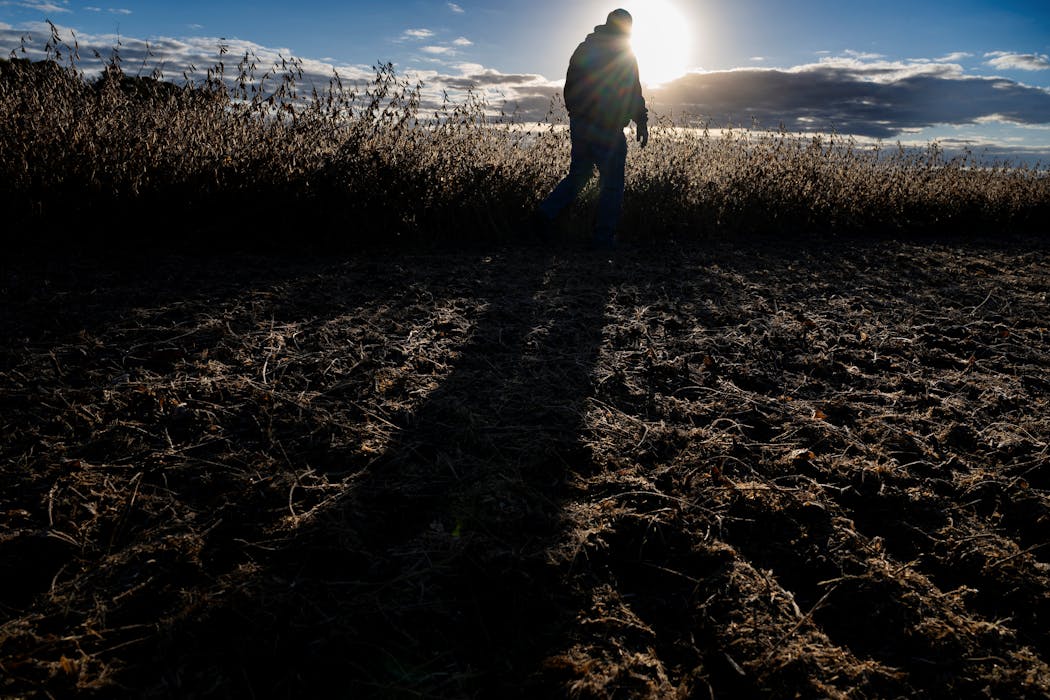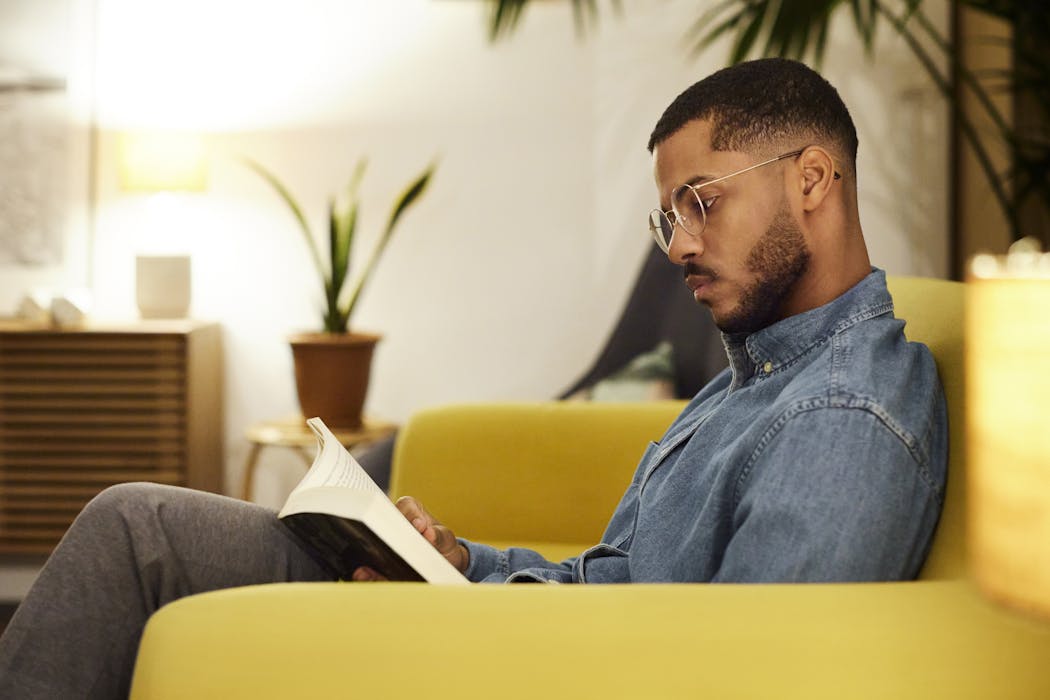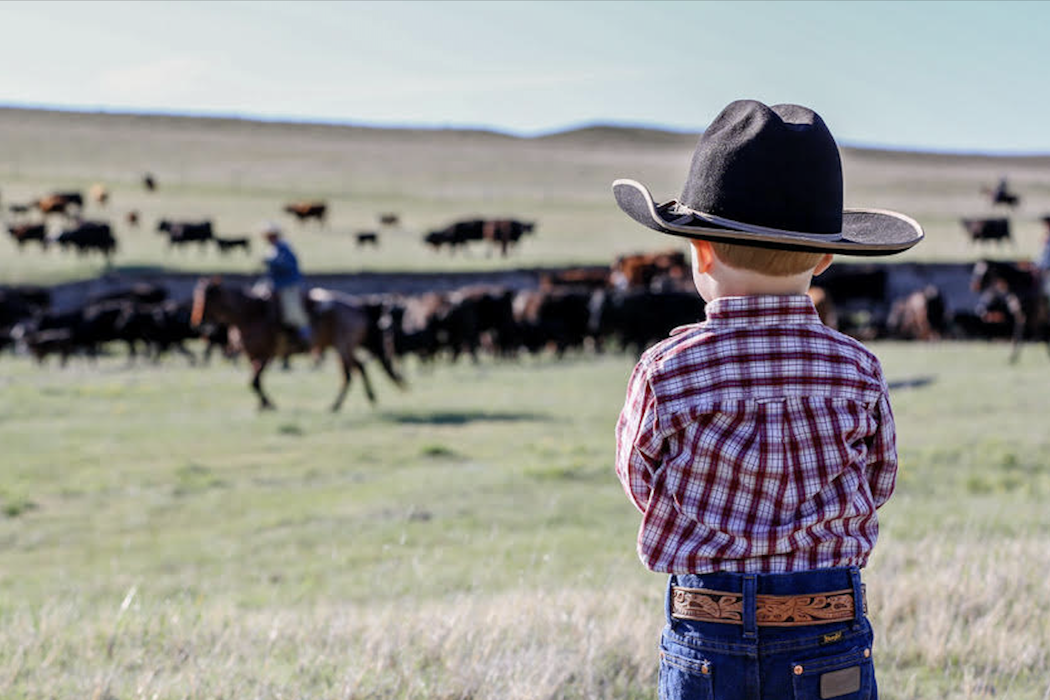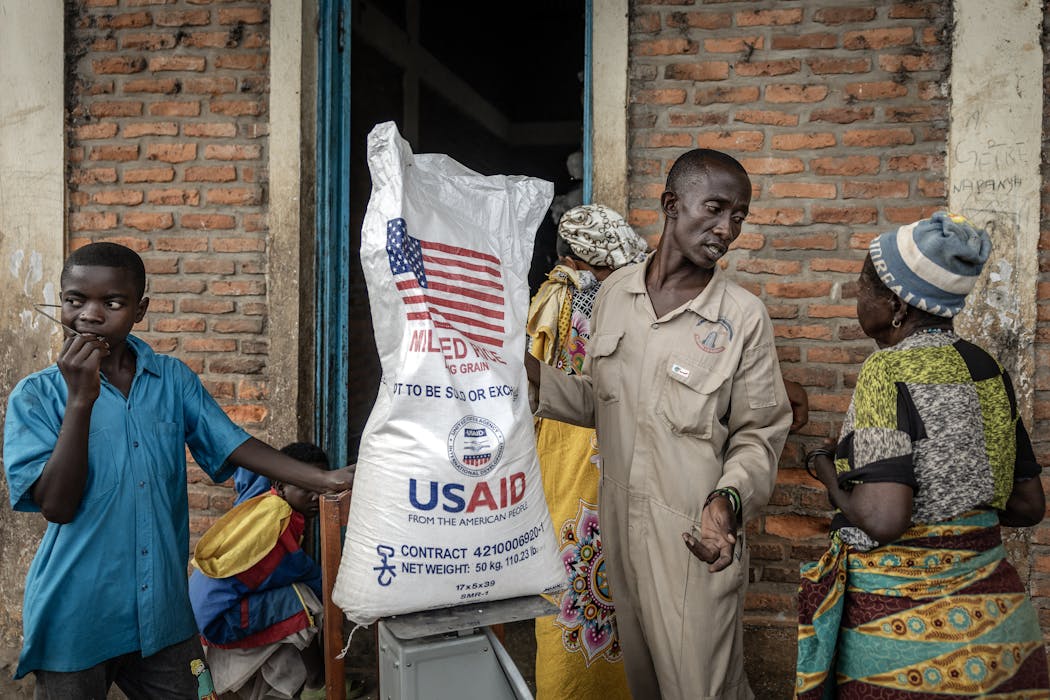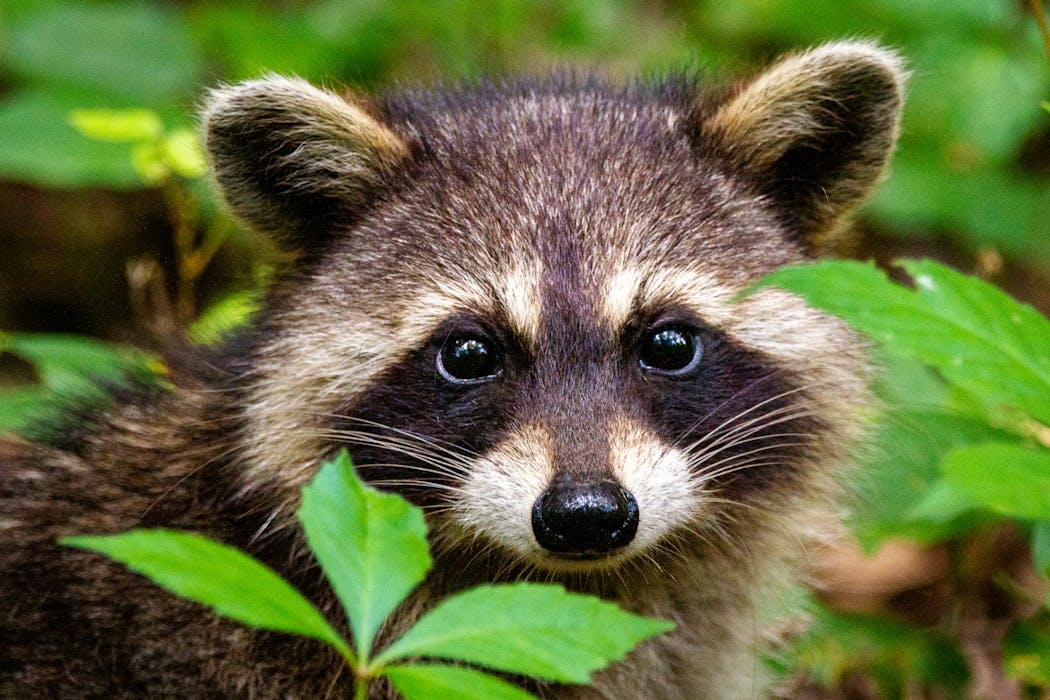Sculpture in the bush: a strong year for the McLelland Prize
 The winner of this year's McLelland Prize, Matthew Harding's Void (2014). Stainless steel, 650.0 x 800.0 x 260.0 McLelland Prize
The winner of this year's McLelland Prize, Matthew Harding's Void (2014). Stainless steel, 650.0 x 800.0 x 260.0 McLelland PrizeIn Australia’s somewhat subdued public sculpture scene, the McClelland Sculpture Survey – which runs until July 19, 2015 – provides a rare opportunity for witnessing contemporary public sculpture.
This year on a couple of occasions I visited Beijing, after an absence of several years, and was struck by the huge revival in this form.
This was not only sculpture celebrating the Chinese leaders or the feats of the Peoples Liberation Army, but funky contemporary work by artists including Chen Wenling, Zhang Yaxi and Yue Minjun, as well as the full range monumental expressionist, formalist and conceptual works.
These public sculptures were everywhere, in shopping complexes, hotels, city squares and of course in the huge sprawling art districts. In many building developments a percentage of costs is being spent on art, particularly on sculpture. Perhaps more importantly, very rich Chinese developers have a acquired a taste for contemporary Chinese art and set out to compete with one another.
In Australia, there are very few forums for the display of public sculpture. Sydney’s Sculpture by the Sea, now in its 18th year, has been a runaway success drawing an audience of half a million visitors for its 10-day duration. Its offshoot, on Cottesloe Beach in Perth, also manages to attract a reasonable audience. Melbourne’s response to all of this beach culture could be termed “sculpture in the bush”.
The McClelland Sculpture Survey and Award is a biannual sculpture competition, which was commenced in 2003 by the then newly-appointed, energetic director at the McClelland Sculpture Park and Gallery, Robert Lindsay.
 Louis Pratt, A backwards attitude (2014). Cold cast aluminium, steel, fibreglass. 178.0x115.0x254.0 cm.McLelland Prize
Louis Pratt, A backwards attitude (2014). Cold cast aluminium, steel, fibreglass. 178.0x115.0x254.0 cm.McLelland Prize
It is a very different sort of event from its cousin in Bondi. It is held over a period of seven months and is situated in a sprawling area of wooded bushland. Each of the sculptures is provided with its unique bush setting, away from all of the other sculptures and visual disturbances.
About an hour’s drive out of Melbourne, it still manages to attract about 100,000 visitors, mainly locals, but increasingly interstate and international travellers.
The prize purse is much larger than at Sculpture by the Sea – A$100,000, in contrast to A$60,000 in Sydney – and there are a couple of other prizes of A$30,000 and A$20,000. Also the catalogue produced at McClelland is a substantial and scholarly 160-page book, rather than Bondi’s 80-page pamphlet. At McClelland, from a field of about 200 entries, this year 33 finalists were selected.
The fact that the McClelland Sculpture Survey is on for more than half a year cuts out temporal, environmental installation pieces and generally a much more serious mood prevails.
This does not entirely remove the quirky and tongue-in-cheek creations, and included this year is Jason Waterhouse’s shrinking farm shed and my personal favourite, Tunni Kraus’s Suburban Time Capsule, a monumental vertical construction, resembling a termite mound, made up of crushed shopping trolleys.
 Tunni Kraus, Suburban Time Capsule (2014). Shopping trolleys, 220.0x60.0x70.0 cm.McLelland Prize
Tunni Kraus, Suburban Time Capsule (2014). Shopping trolleys, 220.0x60.0x70.0 cm.McLelland Prize
I have always wondered what happened to shopping trolleys that have lost their way on the fringes of town and now I know – they are as if magnetically drawn into that great gathering place, not in the sky, but in the bush where, like John Chamberlain’s crushed cars, they are brought together in the form of a memorial suburban totem.
One of the most unusual pieces in this year’s Survey is Sonia Payes’ five metre high, white, decapitated, highly realistic head, made out of fibreglass, and shown as if growing in a bush clearing with other huge heads emerging like mushrooms out of the ground. To add to the disquieting tone and to heighten the uncanny sensation is the fact that the head is four-sided with four very similar faces morphing one into another.
 Sonia Payes, Re:Generation (2014). Fibreglass, UV stable gelcoat, 3 elements: 500.0 x 230.0 x 230.0 cm; 250.0x230.0x230.0; 125.0x230.0x230.0 cm.McLelland Prize
Sonia Payes, Re:Generation (2014). Fibreglass, UV stable gelcoat, 3 elements: 500.0 x 230.0 x 230.0 cm; 250.0x230.0x230.0; 125.0x230.0x230.0 cm.McLelland Prize
Payes, who is best known as a photographer, has been working with 3D computer modelling programs in recent years and ventured into sculpture a few years ago. Her piece is titled Re-Generation and the knowledge that the image has its origins in a photograph of her daughter may have the viewer reaching for his or her dictionary of Freudian symbols and the uncanny handbook.
The piece sufficiently impressed the judges to be awarded the McClelland Achievement Prize (MAP) which not only carries a A$30,000 purse but also the promise of a survey exhibition of the artist’s work at the next McClelland Sculpture Survey in 2016.
The major A$100,000 acquisitive McClelland Sculpture Award this year was judged by Liz Kreijn from the Kröller-Müller Museum in the Netherlands and went to Matthew Harding for his work, Void (main image).
It is quite a remarkable piece, where the toughness of steel is employed to dissolve mass and to create interlocked floating, almost transparent disks, measuring some six and a half by eight metres. When you first encounter Void in its bush setting, it appears like some intriguing suspended spider web in the centre of which is a void-like vortex.
In its formal language I am reminded of the work of the Russian Gabo brothers, especially Naum Gabo who engaged with the ideas of Einstein and Henri Bergson and was concerned with the creation of forms which had an emotional presence, rather than only a physical mass and which existed in all four dimensions, including that of time. Harding is an heir to such speculation, but employs new materials to create work with a distinctly Australian accent.
Lisa Roet’s Sneezing snub nose monkey carved out of white Yunnan marble is not as quirky as it first seems.
 Lisa Roet, Sneezing snub nose (2014). Yunnan marble, sound, 120.0x109.0x109.0cm. Photo Credit: Mark Ashkanasy.McLelland Prize
Lisa Roet, Sneezing snub nose (2014). Yunnan marble, sound, 120.0x109.0x109.0cm. Photo Credit: Mark Ashkanasy.McLelland Prize
There is a sense of relief that this monkey does not resemble any Australian politician, unlike some of her earlier creations, but on a weird associative level it has been linked with the late Michael Jackson.
The monkey was first discovered in 2010, a year after Jackson’s death, and some have thought that it was him reincarnated. It was only discovered because of its unusual sneezing habit, so this installation peers out of the bush complete with a sneezing soundtrack which is activated the moment it senses your presence.
The New Zealander Phil Price is represented by one of his surreal ten-metre-high stainless steel organic mobiles, Anton McMurray carved a three-and-a-half metre high portal out of wood and David Horton has a beautifully resolved, huge and imposing bush altar in mild steel.
One of my favourites from the show is an exacting piece by the German-born Melbourne-based sculptor Benjamin Storch, whose steel Orbital is an outstanding piece of precision engineering as it silently moves in response to any breeze.
With monumental public sculpture in Australia still seeking to reassert its voice and establish a presence, the McClelland Sculpture Survey has become a key national forum for the display of Australian sculptural practice.
The McLelland Sculpture Survey and Awards are on display until July 19. Details here.
Sasha Grishin does not work for, consult to, own shares in or receive funding from any company or organisation that would benefit from this article, and has no relevant affiliations.
Read more http://theconversation.com/sculpture-in-the-bush-a-strong-year-for-the-mclelland-prize-34811


